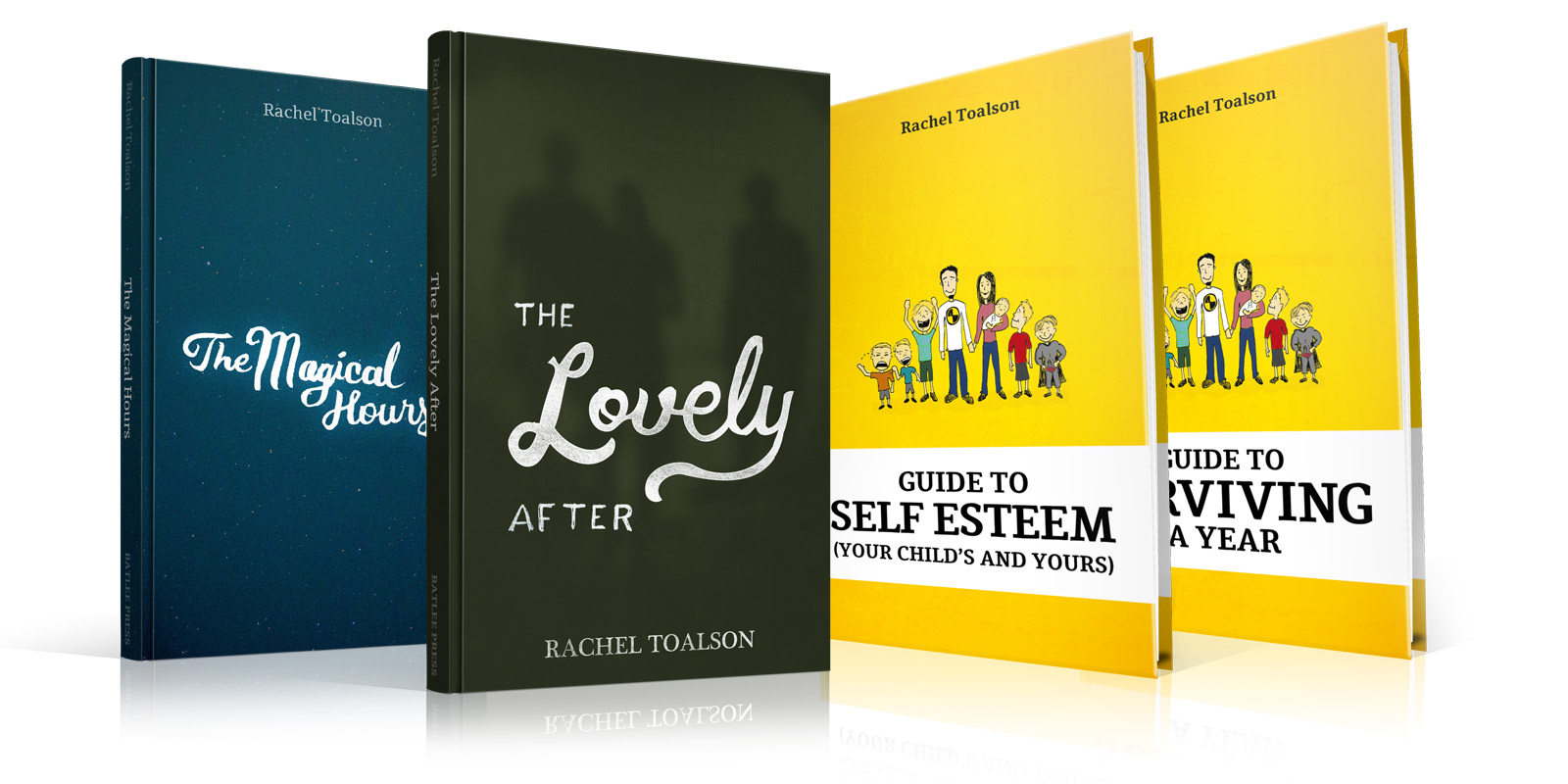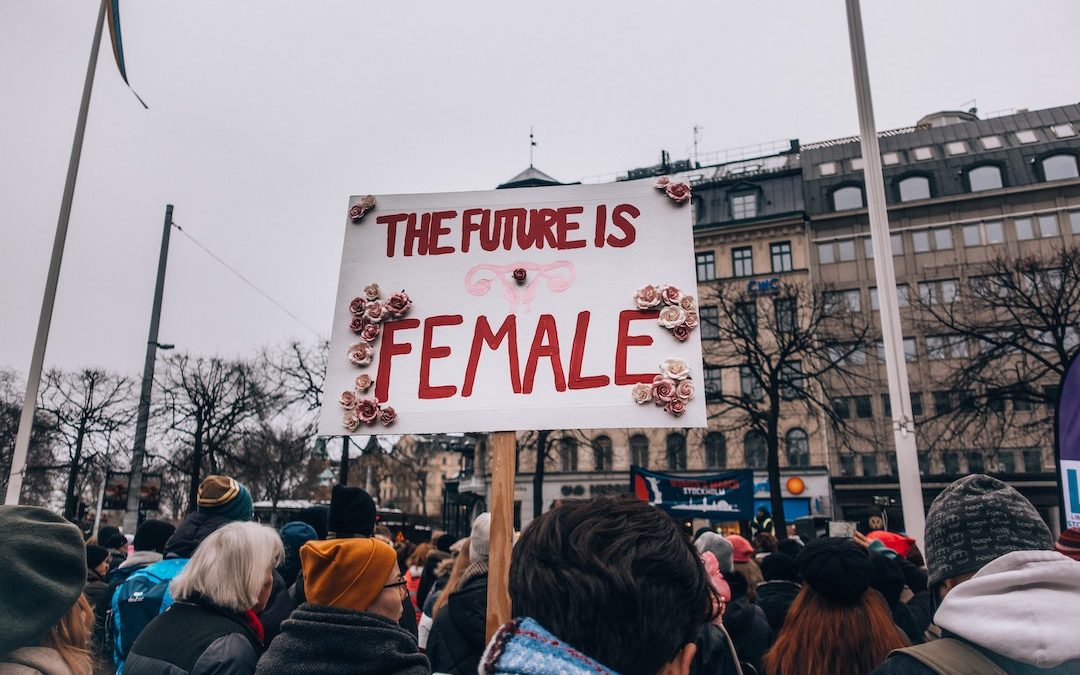
by Rachel Toalson | Books
1. Reading: I recently finished (and totally loved) Sandy Stark-McGinnis’s Extraordinary Birds, about a girl in foster care who dreams of flying and the journey she takes into self love, acceptance, and trusting the people in her life, after her early trust was broken by her mother. Sad, poetic, imaginative, sweet, and redemptive (but no easy, tied-up-perfectly happy ending)—it was everything I want in a middle grade book. (And my kids loved it, too!) Stark-McGinnis is also the author of The Space Between Lost and Found, which is now on my TBR list.
2. Reading: Rebecca Solnit is such a captivating writer. In Orwell’s Roses, she examines the life of George Orwell—his political writings and his personal love for roses. Infused in that examination—which already makes the book well worth a read—she includes tidbits about the history of roses, their manufacture, art that contains roses, and all sorts of ways they bring pleasure and beauty to the world. It was a lovely read that will inform my re-readings of 1984 and Animal Farm, perhaps this year.
3. Watching: I recently finished watching Mrs. America, on Hulu, and I am so sad it’s over. It was a limited series that told the story of the movement to ratify the Equal Rights Amendment, through the eyes of feminists like Gloria Steinem, Shirley Chisholm, Betty Friedan, Jill Ruckelshaus, and Bella Abzug and also the leading opposition of the movement, Phyllis Schlafly, who led the conservative women against the ERA. It was fascinating. I knew the story already, from research and obsession, but seeing it dramatized was a delight. Cate Blanchett plays Phyllis Schlafly, Rose Byrne plays Gloria Steinem, Uzo Aduba plays Shirley Chisholm, Elizabeth Banks plays Jill Ruckelshaus—and there were many more stars included. I can’t say enough about how much I enjoyed it. I’ll be watching it with my husband and with my sons, because it’s an important history to know and understand. Watch it!
4. Listening: Do you know the German singer-songwriter Zoe Wees? Oh my goodness, is this young woman talented. I first stumbled upon her song, “Control,” which struck me as being about anxiety (and really connected with both me and my 13-year-old, who also struggles with anxiety). And she did it again, with another chart-topping hit, “Daddy’s Eyes,” which made me cry the first time I heard it. Check her out. You won’t be sorry.
5. Ellen Outside the Lines, by A.J. Sass (middle grade) was the kind of book that every kid should read at least once in their lifetime—to understand themselves, or, if they don’t struggle with issues of identity and sexuality, to understand what their peers may be going through. It may have been one of the best middle grade books I’ve ever read about a neurodivergent MC who’s exploring her sexuality and gender. I can’t wait to share it with my kids.
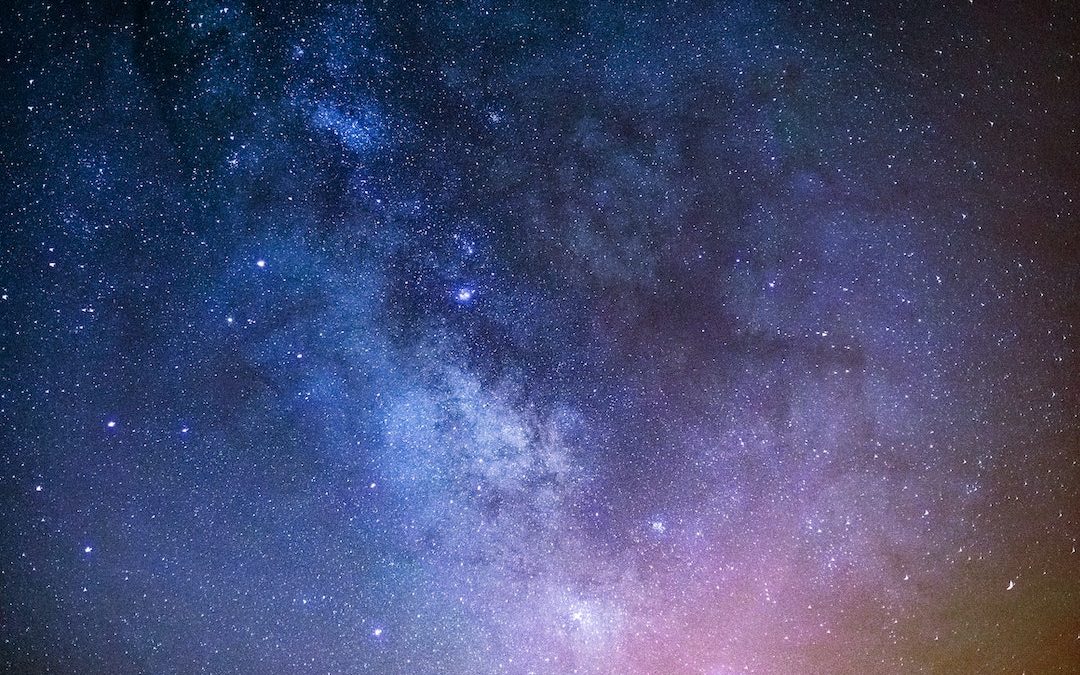
by Rachel Toalson | Books
1. Reading: I really enjoyed Amy Sarig King’s middle grade book, The Year We Fell From Space. I know I’ve been like an A.S. King super-fan lately, but she’s so good at stories for young adults and adolescents. If you’re looking for a great book for adolescents or to read for yourself, or you’re looking for a good mentor text, check this one out. Or just read through King’s entire backlog. It’s worth it. Trust me.
2. Reading + Watching: A couple years ago I read The Reason I Jump: The Inner Voice of a Thirteen-Year-Old Boy With Autism, by Naoki Higashida. I cried. I laughed. I felt thankful that a book like this existed in the world. And then this summer my kids and I watched the Netflix documentary based on the book. And I cried. And laughed. And I felt thankful that a documentary like this existed in the world. As the mom of a kid on the autism spectrum both the book and the documentary were beautiful inside looks into the minds of young adults with autism. After watching the documentary, my 13-year-old said, “So much more makes sense now.” He understood his brother better—and other people in his life. That’s worth a watch for sure.
3. Reading: “There is nothing stronger than a broken woman who has rebuilt herself.” Ten Steps to Nanette, by Hannah Gadsby, is probably one of the best memoirs I’ve read in a long time. I was introduced to Gadsby probably like most people were—after her Netflix comedy special, “Nanette.” It made me laugh and cry and feel so many things. Her book is the same. It’s a profound look at neurodiversity and LGBTQ+ identity that’s also funny and charming. She reads her own audiobook—well worth the listen.
4. Watching: On the subject of documentaries, another the family and I watched this summer that’s well worth the watch is Youth V Gov on Netflix. It’s about a group of kids who brought a lawsuit against the federal government for actively working to make the climate crisis worse and, in the process, endangering their future health and well being. My kids were inspired by the young advocates and started talking about ways they could work in their own communities to make change.
5. Reading: I guess I was on a memoir/nonfiction kick this month, because I also read Managing Expectations: a Memoir in Essays, by Minnie Driver. It was another entertaining, emotional book, surprisingly accessible though Driver is a celebrity with a completely different life than the one I live. She’s down to earth, wise, and kind and compassionate in her relationships. I read the audiobook, which Driver reads herself (and her accent makes it a lovely read).
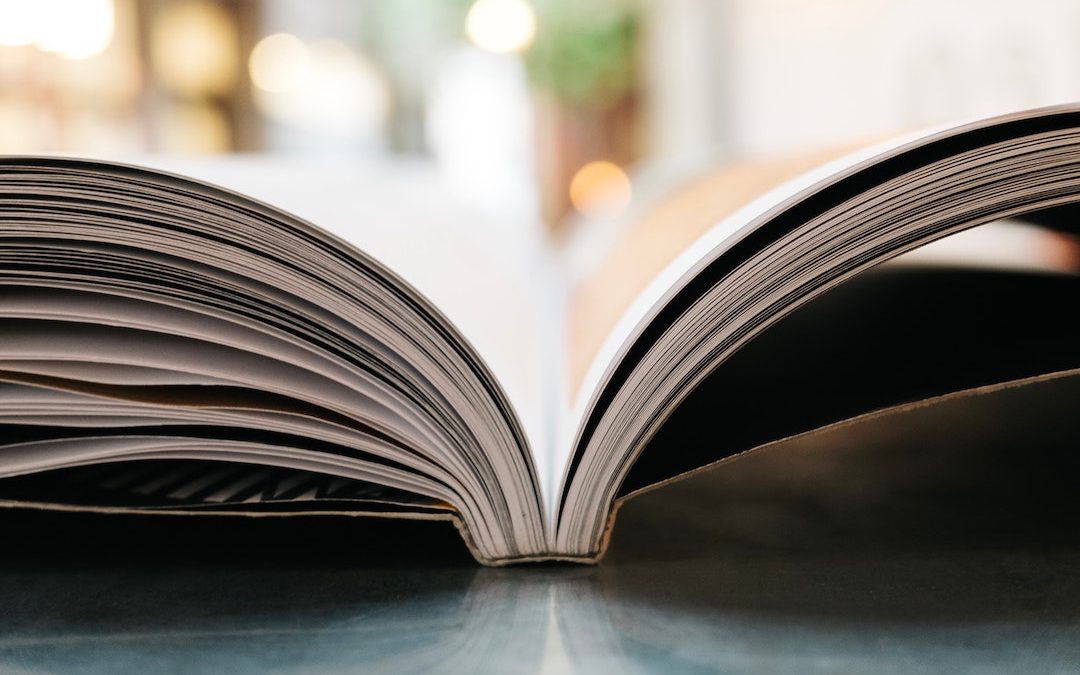
by Rachel Toalson | Books
1. “The door is open. Go.” I recently finished Louise Erdrich’s masterpiece The Sentence. This is the first pandemic book I’ve read, and it’s probably the only one I want to read. Erdrich handled it so graciously and gently and somewhat peripherally, framed around a beautiful story about a bookstore and a ghost and love. She won the Pulitzer Prize for her novel The Night Watchman (which is also a masterpiece). Next up on my list is her novel, The Round House, which won the National Book Award in 2012. For more entertainment, here’s Ann Patchett and Louise Erdrich discussing The Sentence.
2. Every Tuesday morning during the summer my family and I watch a documentary or docuseries together. So far we’re wading through High Score (Netflix), which traces the history of video games; Welcome to Earth (Disney+/National Geographic), which is a look at some of Earth’s amazing places and mysteries, hosted by Will Smith; We Are the Champions (Netflix), a sometimes humorous look at the world’s most unique and bizarre competitions (you must watch the Cheese rolling episode); The Great British Baking Show (Netflix), a competition show that features bakers baking cakes, cookies, breads and all sorts of desserts in sometimes humorously disastrous ways; and The World According to Jeff Goldblum (Disney+), a charming docuseries that takes ordinary topics and explores the connections of history and science to make a fascinating trip through the world. We’re thoroughly enjoying all of these documentaries.
3. I know, I know. I had an article from National Geographic in last month’s newsletter. But I really do enjoy this magazine. And July’s cover was so arresting I couldn’t help but share about it. The cover photo featured Chasinghorse, an Indigenous model and activist, and was taken from the cover story, “We Are Here,” which explored how North America’s Native nations are reasserting their sovereignty. It was a fascinating look at this important culture and the ways Native nations are keeping their culture alive. If you don’t subscribe to the magazine, I’m sure your local library does; check it out there. You don’t want to miss this story. Here’s a little background on it, as well as a short interview with Chasinghorse.
4. “The way to keep going? Never stop reading. Say more than you thought you knew how to say in sentences better than you ever imagined for the reader who reads between the lines.” Verlyn Klinkenborg’s Several Short Sentences About Writing was one of the most enjoyable books about writing that I’ve read in a long time. It’s a short book packed with wisdom about writing short sentences and communicating clearly. A great read for both beginners and seasoned writers.
5. “Sometimes a person who has survived losing everything builds the hardest shell over the tenderest soul.” It’s been a while since I’ve read a young adult novel I liked as much as Cory Anderson’s What Beauty There Is (with the exception of all A.S. King’s books). This book was a 2022 William C. Morris YA Debut Award finalist, and it’s easy to see why. It’s full of poetry and motion and tells the story of a boy, a girl, and survival. Highly recommended for those who read and write YA.
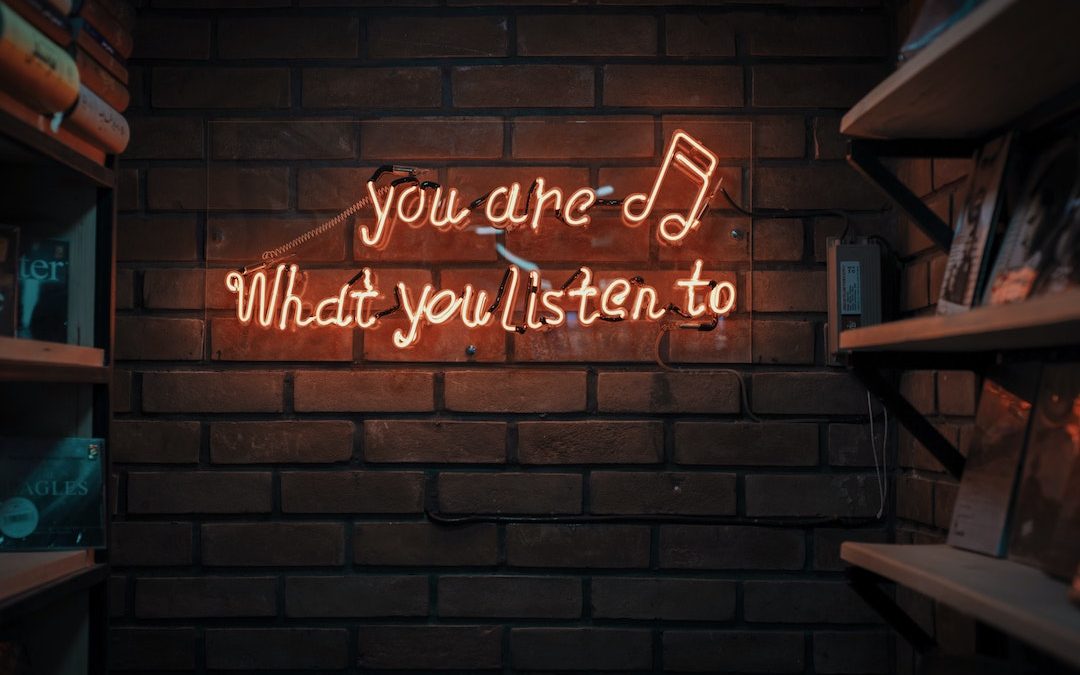
by Rachel Toalson | Books
1. Reading: I recently finished Simu Liu’s memoir, We Were Dreamers: An Immigrant Superhero Origin Story. It was both heartbreaking and inspiring, if a book can be such a thing. Liu shares about his family’s immigration to Canada, his fraught relationship with his high-expectation parents, and his difficult journey into acting. I loved everything about it—his humor, his humility, and most of all his hope. I listened to the audiobook on long runs, and his emotional sections were…well, let’s just say it was hard to breathe during those long runs when I heard his voice crack with pain. So, so good.
2. Reading: On the middle grade side, I thoroughly enjoyed Sal & Gabi Break the Universe, by Carlos Hernandez. It’s a book published by the Rick Riordan imprint, and it was a hilarious romp through the multiverse. I don’t generally pick up science fiction, but this one was well worth it. There’s a sequel, Sal & Gabi Fix the Universe, and that’s next on my list. I suspect it will be just as hilarious as the first. And who doesn’t need a little humor fiction?
3. Watching: Every Friday, while I’m huffing and puffing on the elliptical (after a 10-mile warmup run), I watch the Netflix series Call the Midwife. I am so glad I didn’t watch this series before I had babies, because it is terrifying, all the things that can go wrong during a birth—granted it takes place during the 1950s and 1960s. The characters and their arcs are so sweet and intriguing, and each episode has a wonderful story to tell about life and love and joy. I’ve gotten emotional so many times watching this series, and I’m only on Season 2. And they just announced the 11th season—which means other people like it as much as I do. I highly recommend it!
4. Reading: Another great middle grade book I recently finished is Lisa Jenn Bigelow’s Hazel’s Theory of Evolution, a book that covers family, friendship, and the unpredictability of life. I loved the way Bigelow explored intersectionality in a way that would be understandable for young readers—and would promote empathy and acceptance for the peers in their midst. I’m always looking for books like these to share with my kids, and this one I’ve recommended to my fifth, seventh, and eighth graders.
5. Listening: Looking for some great tunes to add to your playlist? Try Banners (actual name: Michael Joseph Nelson, but all his music is under “Banners.”). “Someone to You” is the first song of his I heard, and I was hooked. My kids and I were actually watching the trailer for the Apple Original animated movie Luck (also recommended), and this song was the backdrop. We had to know who it was, so I “searched it up,” as my kids say. Apparently he’s been around for a while. So I took a deep dive, as one is prone to do. Banners just released a new single, “Happier,” and it’s fantastic too. Download his music wherever you get your music. And happy listening!
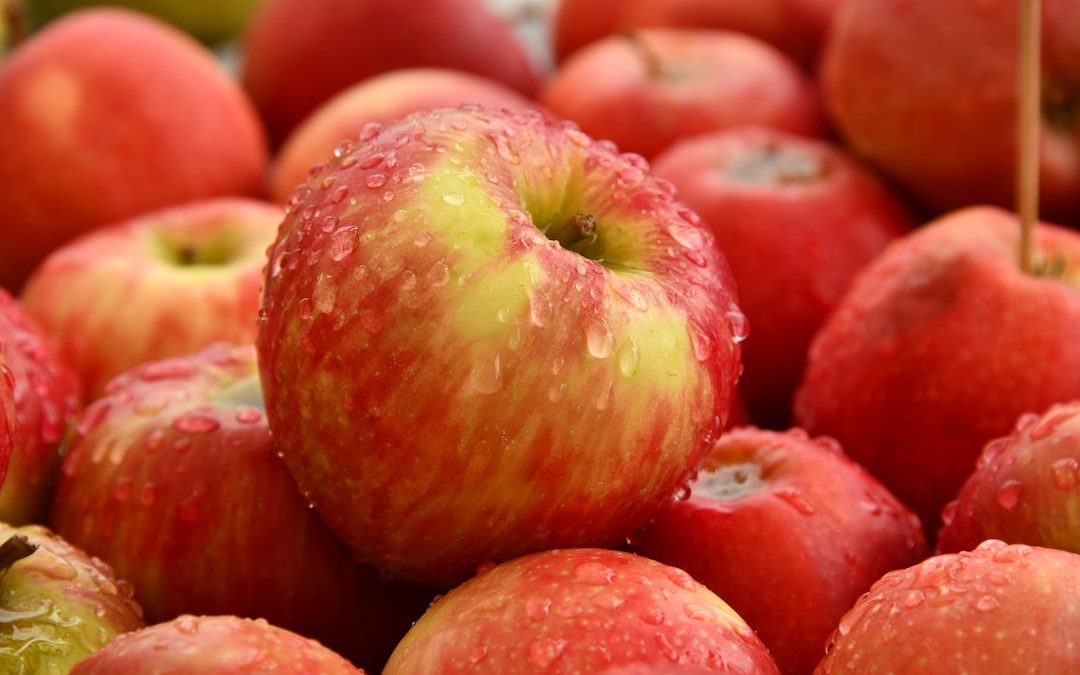
by Rachel Toalson | Books
1. Reading: One of the best books I’ve read so far this summer is Kelly Barnhill’s adult novel When Women Were Dragons. Barnhill is the Newbery award winning author of the middle grade novel The Girl Who Drank the Moon (also a beautifully written book), as well as Iron Hearted Violet, and The Witch’s Boy, both of which I’ve read aloud to my children. Her adult novel is clever, entertaining, philosophically inventive, and (my favorite) delightfully feminist. I loved it so much I recommended it to my husband (who reads about four books a year, so I have to be picky what I recommend. Another recommendation, which he read, was Chimamanda Ngozi Adichie’s We Should All Be Feminists). I said, “This is one of the books you have to read this year.” So there you go.
2. Reading: The July issue of National Geographic had a fascinating story on the power of touch. I’ve said it before in this newsletter: National Geographic is probably one of the most enjoyable magazine subscriptions I have. Unfortunately, you can’t read the article without a subscription, but this free article provides some of the thoughts underlining the larger article and is just as fascinating. They also published a podcast exploring the science of a mechanic who lost his hand in an accident, getting the sensation of touch restored in a prosthesis. Science is amazing, isn’t it?
3. Reading: Mark Bittman, who’s best known for his cookbooks, published a book last year called Animal, Vegetable, Junk: A History of Food, from Sustainable to Suicidal. I finally got around to reading it, and wow. This was the first time I’ve read about (or even thought about) the history of food—how we became farmers, why processed food came into the picture, and how the food system highlights inequality and injustice. It was illuminating and very interesting. You may not be a food nerd like me, but it’s still worth a read, for the history and justice-minded solutions presented.
4. Watching: If you’re a writer, you need BookEnds Literary YouTube. BookEnds Literary Agency publishes videos about how to get a literary agent, how to tell when your book’s done, why revisions are important, answers to rights questions, and a whole slew of information that’s helpful for anyone new to the business or even those who have been in it for a while and have questions about whether or not the way things are working is “normal.” (There is no normal is the short answer to that.)
5. Reading: Liane Moriarty is one of my favorite adult writers, and her newest book, Apples Never Fall, is one of the best I’ve read of hers. She has this way of expanding on human nature and really exposing every side of her characters that’s simply delightful. Other favorites includes Big Little Lies, The Husband’s Secret, and Truly Madly Guilty.
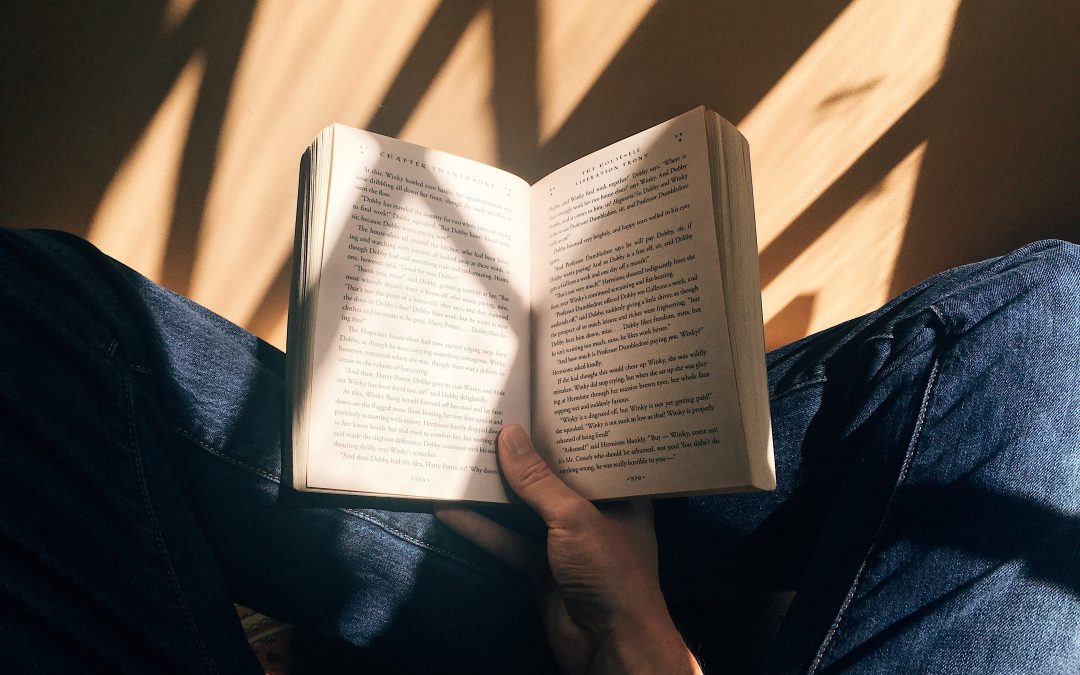
by Rachel Toalson | Books
1. Reading: I just finished Erin Entrada Kelly’s newest middle grade book, Those Kids from Fawn Creek. What I liked most about this one is that it humanizes the people who make mistakes, who maybe have a moment (or more than a moment) of meanness. That’s an important lesson for kids to learn and for all of us to remember. We’re all just doing the best we can, right? (Erin Entrada Kelly won the 2018 Newbery medal with Hello, Universe, and her middle grade book We Dream of Space was a Newbery Honor book in 2021. Both are worth checking out.)
2. Reading: I’m currently on a research frenzy, reading everything I can about the 1900 hurricane in Galveston, which was the deadliest natural disaster and the worst hurricane in U.S. history. (Why am I researching? For a story, of course!) The best book I’ve read about it is Erik Larson’s Isaac’s Storm: a Man, a Time, and the Deadliest Hurricane in History. Larson is one of my favorite nonfiction writers. He’s written many historical books. I haven’t read them all but can highly recommend In the Garden of Beasts: Love, Terror, and an American Family in Hitler’s Berlin; Dead Wake: the Last Crossing of the Lusitania; and Devil in the White City: Murder, Magic, and Madness at the Fair that Changed America. Larson also released his first novel, No One Goes Alone, last year. It’s been on my TBR list for a while now, called “a ghost story grounded in history.” Who wouldn’t want to read that?
3. Reading: As a mom trying to still be productive and creative while my kids are home for the summer, I found this piece particularly relevant. And cool. And not just for moms. Or writers. How many of us find our “second acts” later in life? Doing what we love and loving what we do? It’s never too late to become who we want to be and do what we dream of doing.
4. Reading: Ellen Hopkins, one of my favorite novel-in-verse authors, has a new middle grade novel in verse out: What About Will. Hopkins is best-known for her young adult fiction (The You I’ve Never Known is so far my favorite) but started publishing in the middle grade space a few years ago. I liked this one so much I put it on several of my kids’ summer reading lists. Another of Hopkins’s middle grade gems: Closer to Nowhere. I highly recommend both!
5. Watching: On the TV side, my husband and I are currently making our way through Community. This is an older show, and I know we’re late to the party, but we’re really enjoying using it as a “palate cleanser” after some heavier shows (including Netflix’s Stranger Things, which recently released its fourth (and, I believe, final) season. I need some laughter after the terror!). You can watch Community on Netflix.







